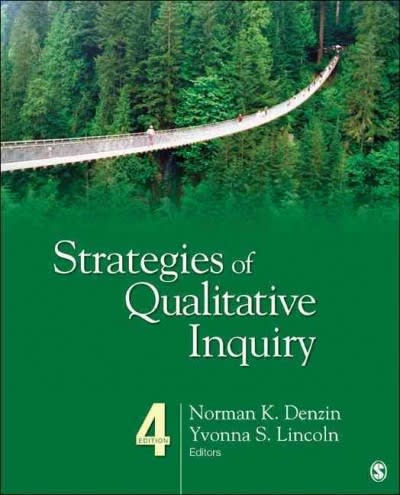Question
#15. The existence of so-called A not B error in infancy is central to understanding the distinction between mechanistic and contructivistic models of child development.
#15. The existence of so-called "A not B error" in infancy is central to understanding the distinction between mechanistic and contructivistic models of child development. This peculiar behavior was brought to light by Piaget. Unlike most mechanistic theorists, Piaget felt this currious behavoir was not a problem to understand On the contrary, PIaget felt that the A not B error was completely understandable, given the nature of human thought during the period from birth to about 2 years of age. During this age period, Piaget felt human thought was "sensorimotor" and only sensorimotor and the A not B error wa a great example of the kind of mistakes a child would make if they were capable of sensorimotor and only sensorimotor thought.
A. Using your own words, describe the A not B error so that a person unfamiliar with it could understand what we are talking about.
B. Using your own words, provide a rich description of WHY and in What Way the A not B error before 12 months of age illustrates sensorimotor thought, as Piaget thought of it.
C. After about 12 months of age, children stop making the A not B error so plainly. Describe in your words, Piaget's view of how infants' thought has changed and improved such that they avoid making thr basic A not B mistake.
Step by Step Solution
There are 3 Steps involved in it
Step: 1

Get Instant Access to Expert-Tailored Solutions
See step-by-step solutions with expert insights and AI powered tools for academic success
Step: 2

Step: 3

Ace Your Homework with AI
Get the answers you need in no time with our AI-driven, step-by-step assistance
Get Started


